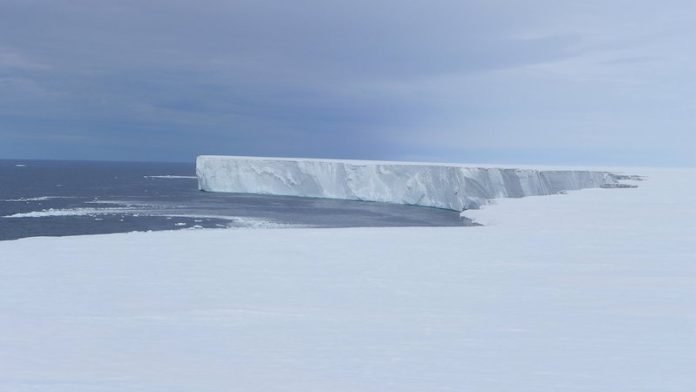
In a new study, scientists have found that the world’s largest ice shelf, Antarctica’s Ross Ice Shelf, is fasting very rapidly.
They found that the ice is melting 10 times faster due to solar heat.
The research was conducted by an international team of scientists.
Antarctica’s Ross Ice Shelf covers an area roughly the size of France. In the past years, the team has built up a record to see how the ice shelf interacts with the ocean.
In the current study, they reported that the ice is melting much faster than previously thought.
The main cause of the fast melting is solar heating of the surrounding ocean.
The researchers used four years of data from an oceanographic mooring under the Ross Ice Shelf.
They measured several factors, including temperature, salinity, melt rates and ocean currents in the cavity under the ice.
They also checked the changing thickness of the ice shelf.
The finding suggests that besides the exposure to the warm deep ocean water, solar heated water also plays an important role in the ice shelf melting.
The team suggests that the Ross Ice Shelf may be more vulnerable than thought so far.
But they also suggest that the finding does not imply that the ice shelf is currently unstable.
The ice lost by melting due to the inflow of warm water can be balanced by the inputs of ice from feeding glaciers and snow accumulation.
Future work needs to examine the stability of this balance.
The lead author of the study is Dr. Craig Stewart from the National Institute of Water and Atmospheric Research (NIWA) in New Zealand.
The study is published in the journal Nature Geoscience.
Copyright © 2019 Knowridge Science Report. All rights reserved.



